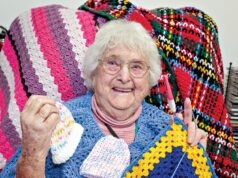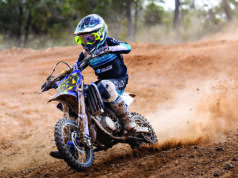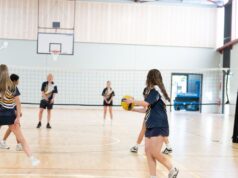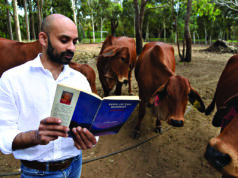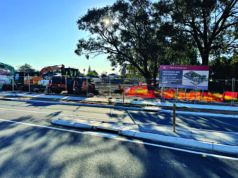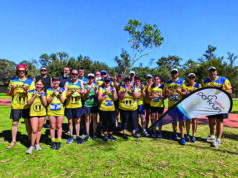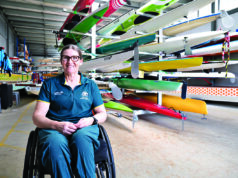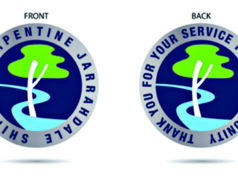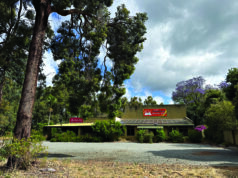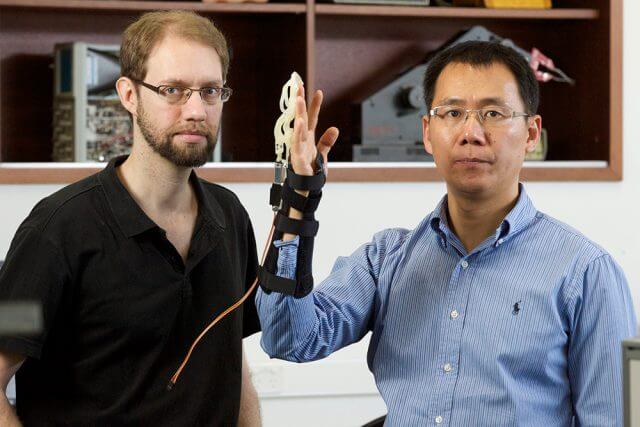
A team of Curtin university researchers has created a world-first 3D printed hand exoskeleton to help those recovering from hand surgeries and those with diseases that impact muscle coordination like multiple sclerosis (MS).
Shelley resident and mechanical engineering researcher Dr Lei Cui led the assisted finger orthosis project, which could have huge impacts on hand rehabilitation.
He said he and former mechatronics student Anthony Phan with 3D printing expert Professor Stelarc Stelarc initially developed the exoskeleton for stroke patients.
“After we had the prototype we talked to professor Gary Allison, who is a physio therapist and neuromuscular scientist,” he said.
“He mentioned this device might not be suitable for stroke patients so from that we shifted the focus of its application to two areas, the first one is finger rehabilitation.
“The second application is for those people with weak muscles for example with MS patients, they practice playing piano to enhance their finger coordination.
“We can pre program the sequence of the keys into the exoskeleton so in that case the exoskeleton can help the user practice playing the piano.”
Dr Cui said the design was novel, being powered by a motor and he saw a big future for robotics and 3D printing in the rehabilitation of upper body limbs.

“We are currently seeking surgeons and clinicians, we want to do some clinical trials,” he said.
The design also won the team the Curtin commercial innovation award last month.
They received $15,000 to continue their work.
Director of Curtin’s office of intellectual property commercialisation Rohan McDougall said one of the best ways for universities to improve commercial outcomes was to conduct world-class research.
For more information search for the assisted finger orthosis project online.


